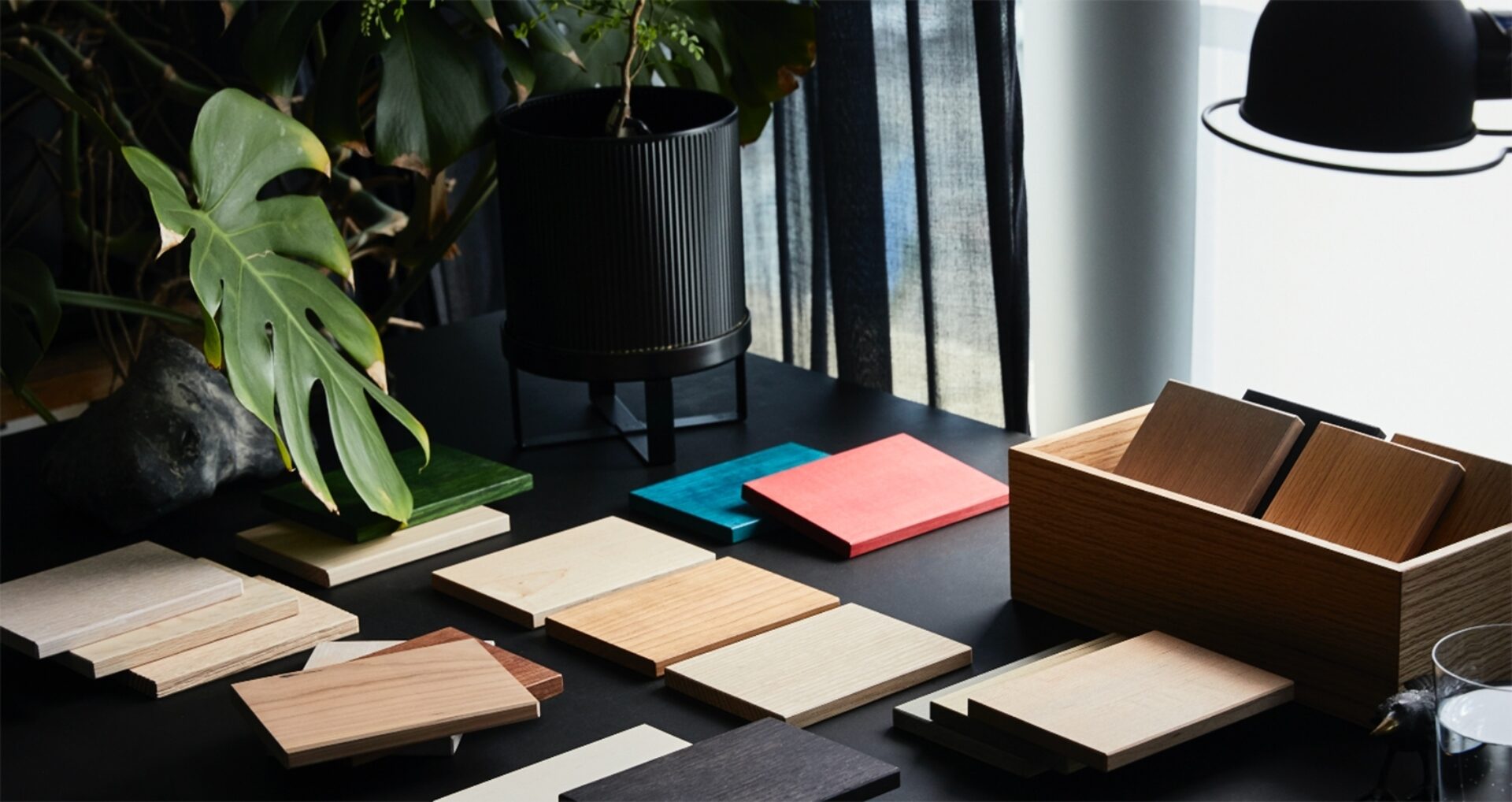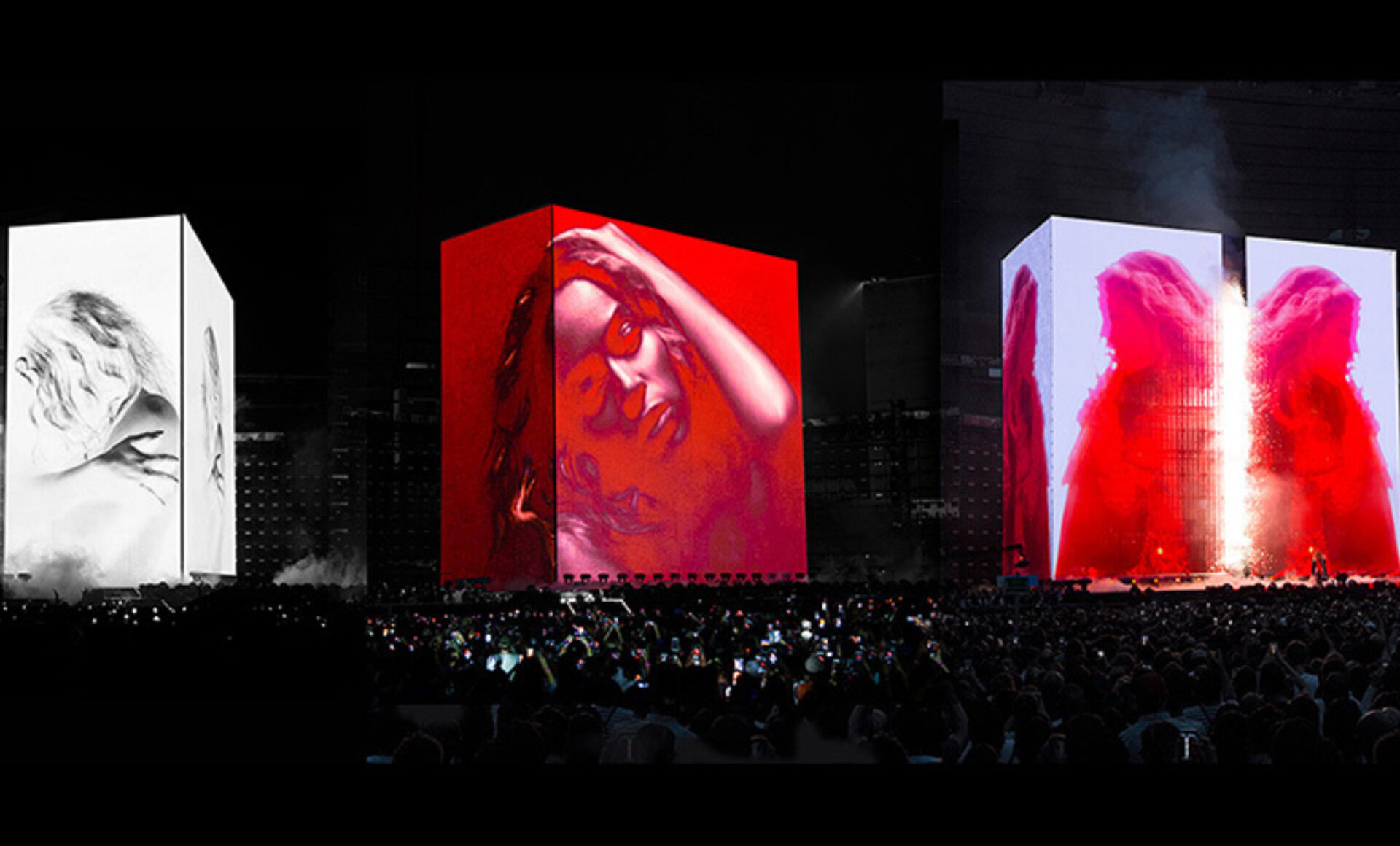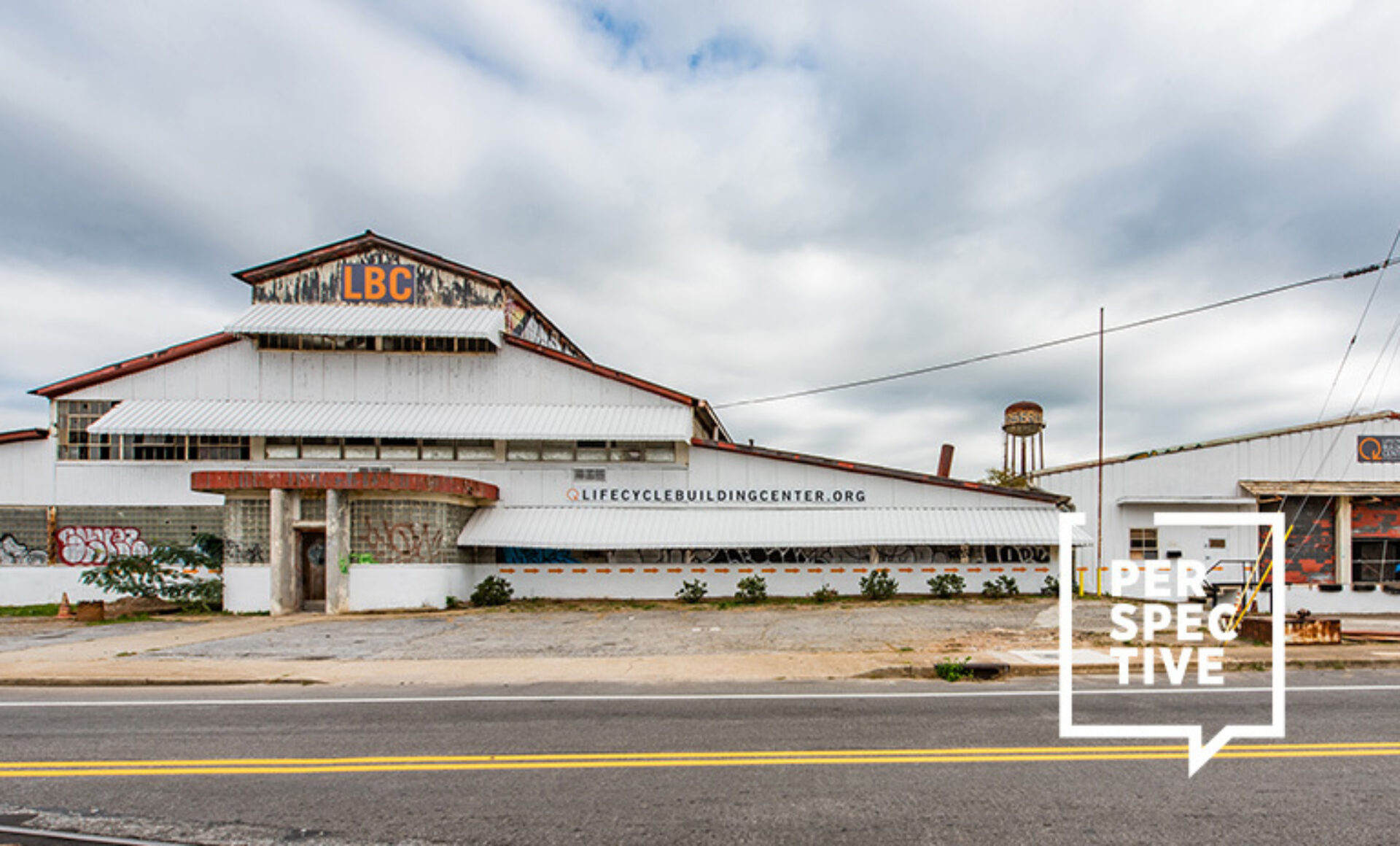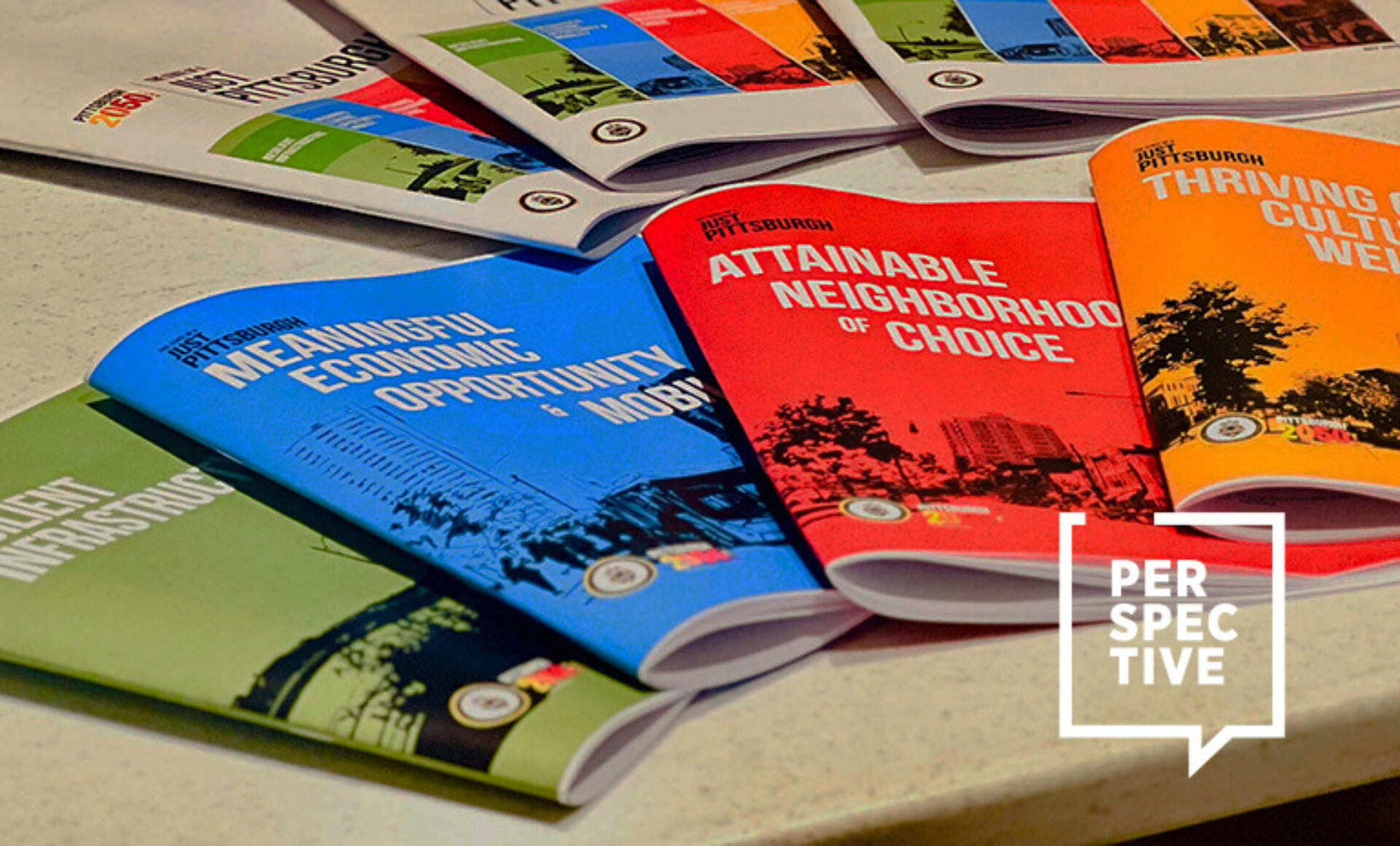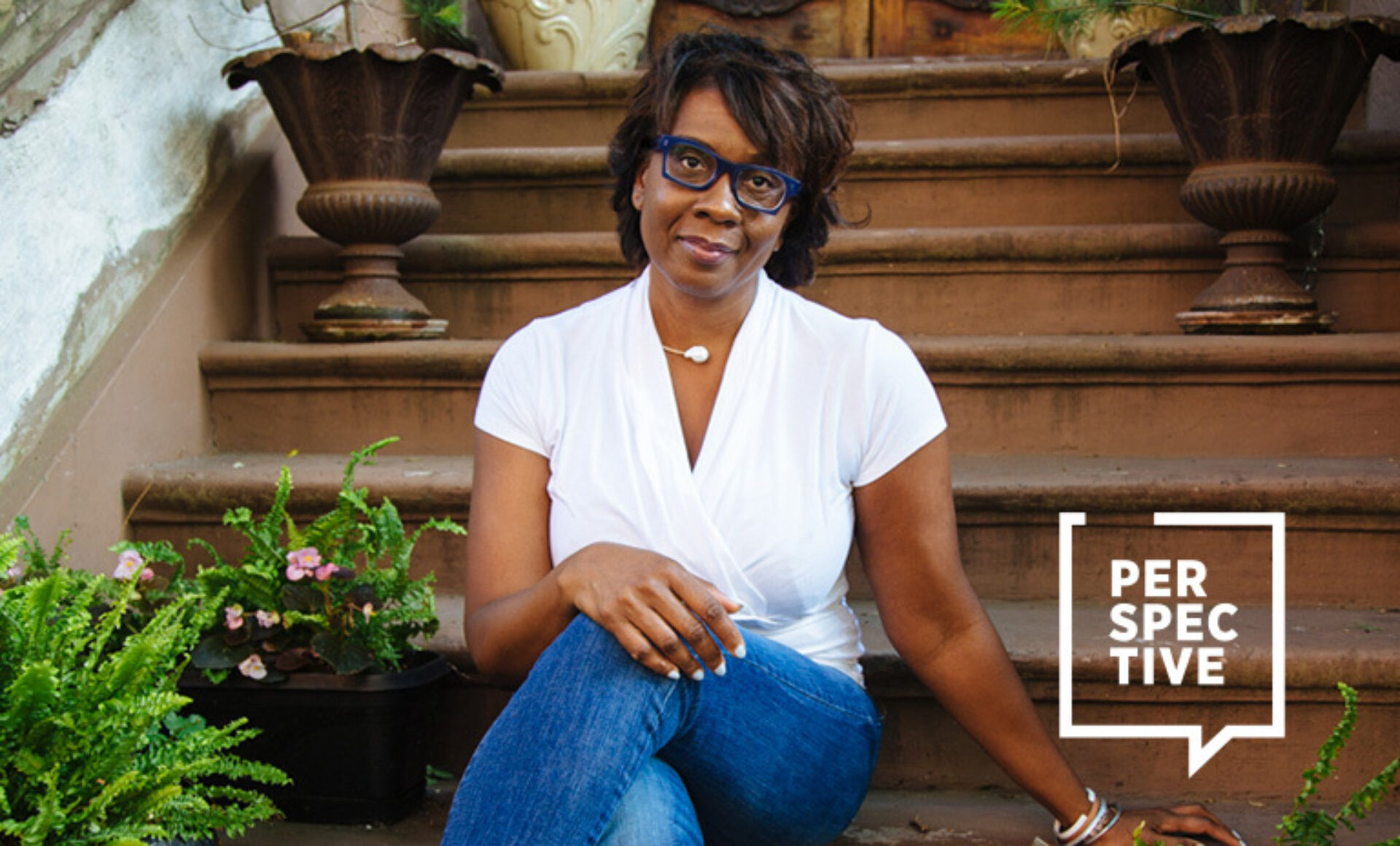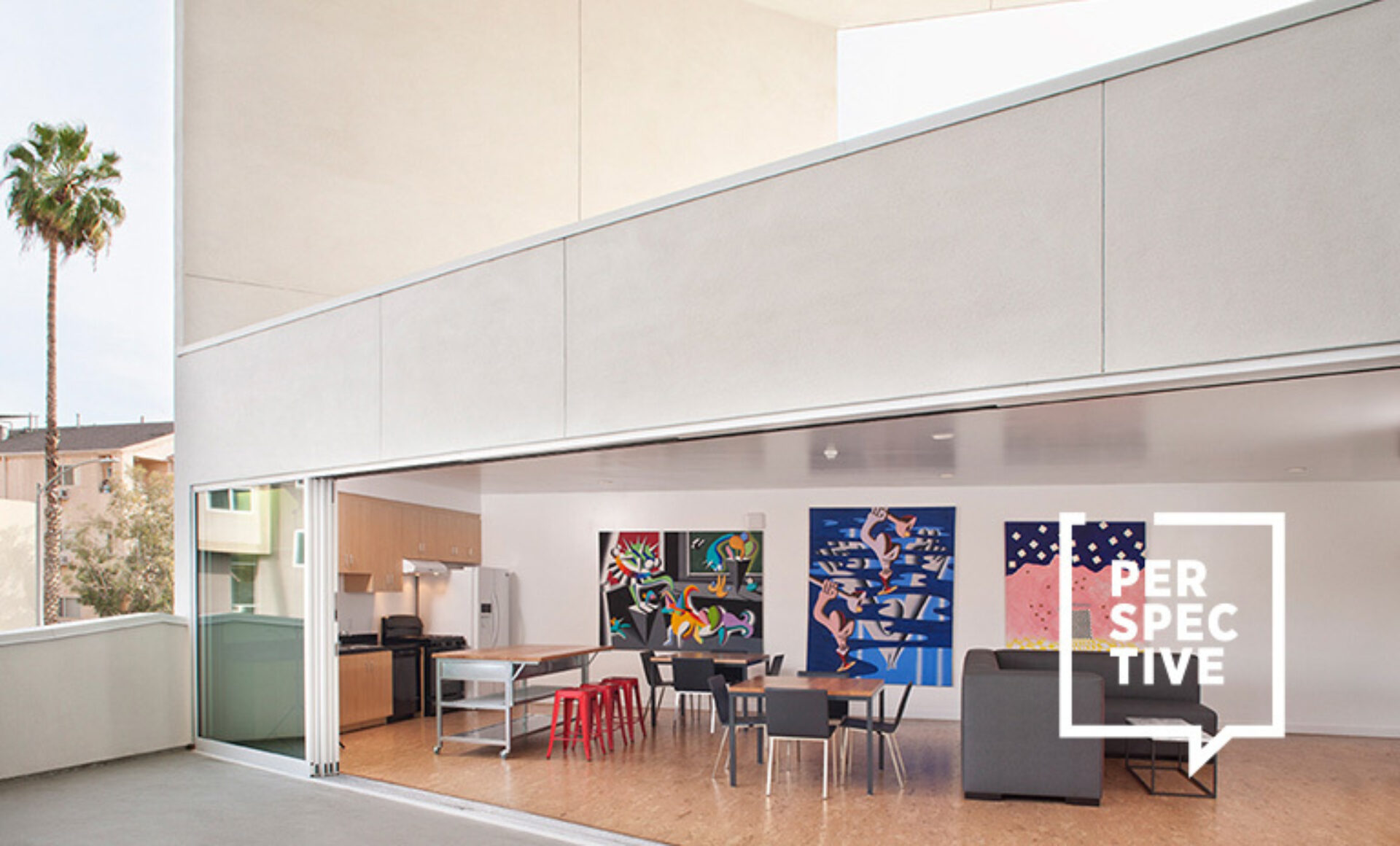1. Rise of the Pod Park
Chinese entrepreneur Xu Weiping and his company Advanced Business Parks (ABP) had big plans for an office park in London until COVID hit—and then he reinvented the space for a post-pandemic future. “I realized that we might have to be prepared for the fact that the virus might stay with us for a long time,” Xu said in an interview with The Guardian. “We will have to create an environment where we can work safely and reduce exposure to public transport and increase happiness in working.”
The new plan: convert 20 office buildings into 2,000 individual, 10-foot (3-meter) square offices. Each one will include a kettle, fridge, microwave, large monitor, fold-down bed, chair, and desk. The design lets people work close to one another while remaining safely self-contained in their own pods.
“We believe this is the first of its kind in the U.K. or even the whole world,” Xu said. “It will completely change the office environment.”
2. A Crucible Moment for Female Workers
The COVID-19 crisis could set women in the workplace back five years, according to McKinsey’s Women in the Workplace 2020. More than 1 in 4 women are considering downshifting their careers or leaving the workforce completely to maintain work-life balance. That could translate to less opportunity for women in leadership and on the track toward the C-suite.
“The choices companies make could shape the workplace for women for decades to come—for better or for worse,” according to the report. “If companies recognize the scale of these problems and do all they can to address them, they can help their employees get through this difficult time and even reinvent the way they work so it’s more flexible and sustainable for everyone. If not, the consequences could badly hurt women, business, and the economy as a whole.”

Photo by Jared Pike/Purdue University
3. Sunscreen for Buildings
Move over, Vantablack—there’s a new power paint in town.
A team of researchers led by Purdue University’s Xiulin Ruan created the world’s whitest white and its benefits go beyond just aesthetic appeal. The paint is made of a pigment containing calcium carbonate pigment, a material found in shells, limestone, and chalk. The finely ground pigment is capable of reflecting 95.5% of all light hitting it and can result in surfaces up to 18 degrees Fahrenheit cooler than they might otherwise be. When combined with a common acrylic base, the color can be applied or sprayed on a surface like any other paint to create a reflective surface that can reflect heat similar to how a mineral sunblock would.
“Cooling represents a significant sector of energy consumption,” according to the team’s report. “Compared to conventional air conditioners that consume electricity and only move heat from the inside of the space to the outdoors, passive radiative cooling not only saves power, but it also combats global warming since the heat is directly lost to the deep space.”
Yet Ruan understands the whitest white may not be a commercial hit. “I know some people don’t like white, even for their roof,” he told Fast Company.
4. Home Office Inspo
With much of the world stuck at home, an international crop of designers took up the challenge of creating a seat and table inspired by their own home office. The one requirement? They could only choose from three sustainable American hardwoods: red oak, maple, or cherry.
“Commissioning nine designers to make furniture from wood doesn’t sound like a particularly original brief. But these are not ordinary times,” said Justin McGuirk, chief curator at the Design Museum, which sponsored the exhibit with American Hardwood Export Council and Benchmark Furniture. “We are all being over-exposed to our homes and having to adapt to new patterns of working. The pandemic has forced each designer to approach their home-working set-up with a completely fresh perspective—what do they really need?”
Each designer put their own spin on the assignment, but they all pointed to not only a new take on office furniture, but also a carbon-negative future.

Image courtesy of Alice Potts
5. Garden Fresh Masks
The skyrocketing use of single-wear face masks is creating a new waste issue: The United Nations estimates around 75% of used masks, as well as other pandemic-related waste, will end up in landfills or in the ocean. But British designer Alice Potts may have a more eco-friendly solution: PPE made of food waste and flowers.
Each face shield is comprised of a 3D-printed headband and a biodegradable, bioplastic shield that varies in shape and color based on the food and flowers used to create and dye it. So if London is big on beetroot at the time, then it might be a pink mask. “Every color is completely seasonal depending on what flowers are blooming, what vegetables and fruits are growing, and earth that is in and around London,” Potts told Dezeen.
Lead image: Home Office Inspo - Photo by Petr Krejci Photography
